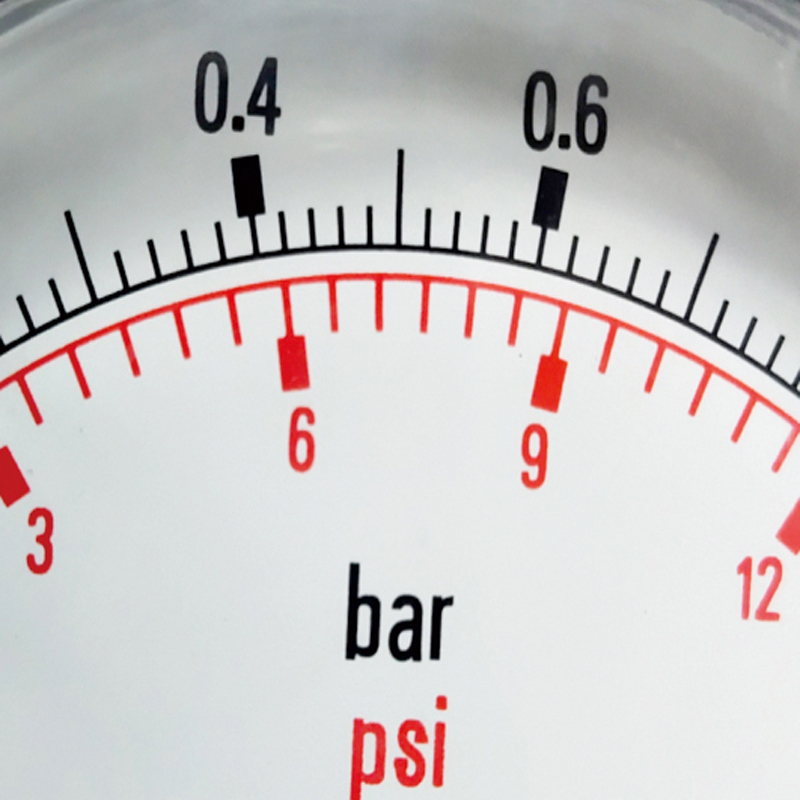
Dec . 21, 2024 18:42 Back to list
Understanding Differential Pressure Gauge and Valve Functionality in Industrial Applications
Understanding Differential Pressure Gauge Valves An Essential Tool in Fluid Dynamics
In the field of fluid dynamics, where understanding the pressure variations within systems is critical, differential pressure gauge valves play a pivotal role. These components are essential in measuring and regulating pressure differences in various industrial applications, from water treatment facilities to chemical manufacturing plants.
What is a Differential Pressure Gauge?
A differential pressure gauge is an instrument designed to measure the difference between two pressures. These gauges are typically connected to points in a system where it is essential to monitor pressure levels, such as before and after a filter, pump, or any type of flow restriction. The readings from these gauges help operators understand how effectively a system is functioning and whether maintenance is needed.
The significance of differential pressure can’t be overstated—it is often directly correlated with system performance and safety. If the pressure drops too low or rises too high across certain components, it could signal an impending failure, leading to costly downtime or hazardous situations.
The Role of Valves in Differential Pressure Measurement
When measuring differential pressure, the role of the valve cannot be overlooked. A differential pressure gauge valve facilitates the accurate measurement of pressure by allowing for controlled manipulation of fluid flow. These valves help isolate the gauge from the process media, enabling maintenance and calibration without interrupting the system’s operation.
Typically, differential pressure gauge valves are equipped with two ports—one connected to the high-pressure side of the system and the other to the low-pressure side. By adjusting the opening and closing of these valves, operators can manage the flow of fluid, thus ensuring that the measurements are both accurate and representative of the actual conditions in the system.
Types of Differential Pressure Gauge Valves
differential pressure gauge valve

There are several types of differential pressure gauge valves, each designed for specific applications.
1. Ball Valves Known for their excellent sealing characteristics and simplicity, ball valves are often used when quick on-off control is necessary. They provide a straightforward mechanism for isolating the differential pressure gauge from the process.
2. Butterfly Valves These valves are ideal for large volume flow control. They consist of a rotating disc that can be opened or closed quickly, making them advantageous in systems where rapid adjustments are needed.
3. Needle Valves While they take longer to adjust, needle valves allow for fine control of flow rates. This feature is particularly beneficial in applications requiring precise measurements of pressure differentials.
Importance in Various Industries
Differential pressure gauge valves are utilized across multiple industries. In water treatment, they help ensure that filtration systems are functioning properly by monitoring pressure changes across filters. In the oil and gas sector, they are vital for maintaining the integrity of pipelines, providing essential data on potential leaks or blockages.
Additionally, in HVAC systems, monitoring the differential pressure across air filters can alert technicians when it’s time for replacement, thus maintaining indoor air quality and energy efficiency.
Conclusion
Differential pressure gauge valves are indispensable tools in the management of fluid dynamics within industrial systems. They not only facilitate accurate pressure measurement but also enhance the safety and efficiency of operations across various sectors. As industries continue to evolve towards more automated and smart solutions, the integration of advanced differential pressure measurement techniques will undoubtedly play a crucial role in optimizing processes and ensuring safety. Understanding their functionality and applications can empower operators and engineers to maintain the reliability and efficiency of their systems, ultimately leading to better performance and reduced operational costs.
-
High-Quality Pressure Gauge on Fire Extinguisher - Reliable Water Fire Extinguisher Pressure Gauge Suppliers & Exporters
NewsJul.08,2025
-
High-Quality Water Pressure Differential and Gauge Kit Reliable Manufacturers & Competitive Quotes
NewsJul.08,2025
-
High-Precision Digital Diaphragm Pressure Gauge – Reliable Manufacturer & Competitive Quotes
NewsJul.07,2025
-
Wholesale Diaphragm Pressure Gauge Supplier - Premium Quality & Competitive Price
NewsJul.07,2025
-
Digital Diaphragm Pressure Gauge Reliable & Precise Measurement Top Manufacturers Quotes
NewsJul.06,2025
-
High Accuracy Piston Type Differential Pressure Gauge - Reliable Manufacturers & Competitive Quotes
NewsJul.06,2025
